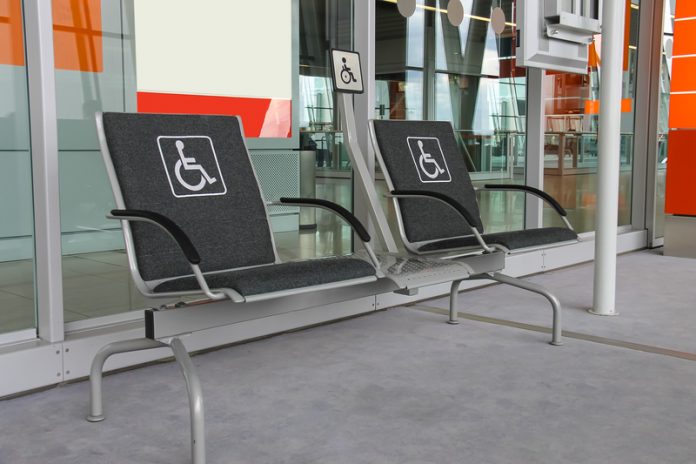The UK’s population is living longer, meaning that more of us will experience mobility issues in our lifetime. Although this is the case, there is still an issue when it comes to the accessibility of our homes, buildings and public spaces
Many disabled people are even finding themselves unemployed because of the barriers they face, while a worryingly amount of public spaces are extremely difficult to access. Whether it’s a physical disability, a mental health issue or an ‘invisible’ disability, they are all up against barriers when it comes to carrying out their daily routines.
Here, we look at whether our environment is built to accommodate disabled people, and how we can ensure our public spaces are accessible to those with a disability. After all, it’s up to us to make sure these barriers are broken. It’s not solely up to the likes of a blind charity or mental health group to ensure that those with a disability don’t come up against avoidable issues.
The current state of our environment
The Guardian states that many disabled citizens don’t feel part of their community because of infrastructure, poor or outdated planning and the sheer thoughtlessness of other-abled citizens. It seems the environment we live in has not been designed with those who struggle to navigate around in mind.
One example of this is the issue of accessible ramps. For many with a physical disability, a ramp is their only means of getting in and out of premises, going up and down levels and navigating around a city. Without accessible ramps, those in wheelchairs, with visual impairment or walking difficulties will struggle, or find it impossible to get up or down stairs.
Public transport is another stumbling block for some with a disability – how do they get down the stairs into the tube or train station? How can they step onto and off buses? Why must these simple tasks of using public services be so hard though? Thankfully, many buses are now equipped with ramps to get on to, as well as having an automated step which lowers to the level of the ground to allow for ease of access. Also, many trains and buses now have spaces marked out for disabled passengers, near the entrance and exit, for ease – there is usually a space designated for wheelchairs too. Some train stations also have elevators, however, unfortunately, some stations still lack an accessible entrance and exit.
Businesses, shopping centres, workplaces and healthcare institutions should all also consider ease of access and navigation for disabled. Elevators should also be equipped with braille for the blind or partially sighted, while ramps should be equipped with railings for support.
While parking spaces are something that has been a widespread issue lately, it has been addressed to some degree. Many supermarkets, retailers, businesses and public car parks have already allocated parking spaces specifically for the disabled, and you must have a valid Blue Badge to park in them. These parking spaces are normally closer to the entrance of the premises and often larger than normal spaces to allow extra room for wheelchairs and other walking aids, as well as to get in and out of the vehicle.
For the deaf or visually impaired, another barrier faced daily is the task of crossing the road. However, the UK’s traffic light system is designed to help all citizens, including those with a disability, to cross safely. Our traffic lights are fitted with both a sound signal and light signals. Floor markings which are slightly risen from the ground also indicate when the pavement is coming to an end for the visually impaired, while braille is used on the pedestrian button. For the visually impaired, a sound indicates when it is safe to cross, while for deaf citizens, a pedestrian shaped light will turn green or flash green when it is safe to cross the road.
How can we improve accessibility?
Clearly, there’s still a long way to go if we are to build a safe environment that can fully accommodate disabled members of society. Moving forward, as we continue to build and improve our environment, the accessibility of our environment should be one of our main priorities. With our ageing populations, it is likely that we will need to rely on the adaptions in our environment in the future. New buildings that are built should, therefore, be fitted with ramp access, and public buildings with multiple floors should have elevators that have braille. Disabled toilets should be accessible in public spaces too, while public transport should continue to make improvements to break down the barriers for the disabled.
Open Access Government











